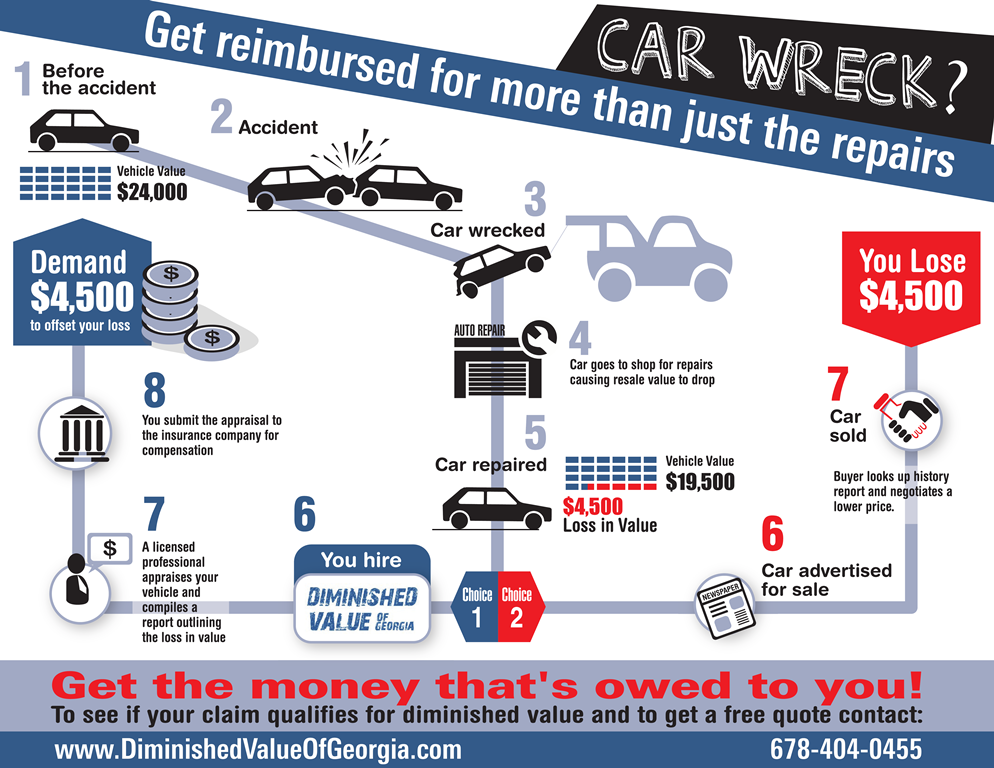Understanding The Definition Behind Your Car'S Caution Lights: An In-Depth Look
Understanding The Definition Behind Your Car'S Caution Lights: An In-Depth Look
Blog Article
Material Create By-Faulkner Dalgaard
When you lag the wheel, those radiant caution lights on your control panel can be a bit puzzling. Do you recognize what they're attempting to inform you about your vehicle's wellness? Understanding the value of these lights is essential for your security and the durability of your automobile. So, the following time one of those lights turns up, wouldn't you want to analyze its message precisely and take the needed actions to resolve it?
Common Warning Lights and Interpretations
Identify typical warning lights in your auto and recognize their significances to ensure risk-free driving.
deep cleaning car seats service near me of the most normal caution lights include the check engine light, which indicates problems with the engine or exhausts system. If this light begins, it's crucial to have your automobile checked immediately.
The oil stress alerting light shows low oil stress, calling for instant attention to stop engine damage.
A blinking battery light could recommend a malfunctioning charging system, potentially leaving you stranded otherwise addressed.
The tire stress tracking system (TPMS) light notifies you to reduced tire pressure, affecting car security and gas efficiency. Ignoring this might result in unsafe driving problems.
The abdominal muscle light indicates a problem with the anti-lock braking system, endangering your capability to quit promptly in emergencies.
Last but not least, the coolant temperature level alerting light warns of engine getting too hot, which can cause severe damage if not dealt with promptly.
Comprehending these typical warning lights will assist you deal with issues quickly and maintain secure driving conditions.
Relevance of Prompt Attention
Comprehending the typical warning lights in your automobile is only the first step; the significance of quickly addressing these warnings can't be highlighted enough to ensure your safety and security when driving.
When a warning light illuminates on your dashboard, it's your automobile's method of communicating a prospective concern that requires attention. Ignoring these warnings can cause more extreme issues down the road, compromising your safety and security and potentially costing you a lot more in repairs.
Motivate focus to advising lights can protect against break downs and mishaps. As an example, a blinking check engine light can indicate a misfire that, if left neglected, might cause damages to the catalytic converter. Addressing this without delay can conserve you from a pricey repair service.
Similarly, a brake system cautioning light may signify low brake liquid or used brake pads, critical parts for your safety when driving.
Do It Yourself Troubleshooting Tips
If you see a caution light on your dashboard, there are a couple of DIY repairing pointers you can attempt prior to looking for specialist assistance.
The very first step is to consult your vehicle's manual to understand what the details warning light shows. Sometimes the concern can be as simple as a loosened gas cap triggering the check engine light. Tightening the gas cap might solve the issue.
One more usual concern is a low battery, which can cause various alerting lights. Examining the battery links for deterioration and guaranteeing they're protected may repair the issue.
If a warning light persists, you can attempt resetting it by detaching the cars and truck's battery for a couple of minutes and then reconnecting it. Furthermore, inspecting your automobile's liquid degrees, such as oil, coolant, and brake liquid, can help troubleshoot cautioning lights connected to these systems.
Verdict
In conclusion, recognizing your car's caution lights is crucial for keeping your vehicle running smoothly and securely. By without car wash service attending to these signals and recognizing what they imply, you can avoid expensive fixings and possible malfunctions.
Keep in mind to consult your vehicle's handbook for particular information on each cautioning light and take action appropriately to ensure a trouble-free driving experience.
Keep notified, remain secure on the road!
